On an island riddled with geothermal springs and volcanic activity, Grjótagjá will give you a taste of both. This particular cave has a rich history and has managed to become an international celebrity with a TV appearance. Grjotagja is a geological marvel close to a birder’s paradise and a misty, natural castle.
In this article, we explore Grjótagjá and shine a light on this small cave with big potential and a steamy history.
What is Grjotagja?
Something that used to be an off-the-beaten-path location has now become a frequently visited site in northern Iceland. Grjótagjá Cave is a hidden-away indent in the wild Icelandic landscape with a rich history and incredible atmosphere. The cave is most famous for the gorgeous thermal spring that takes up most of the space in the cave.
Today, Grjotagja Lava Cave is most likely to be visited due to its appearance in the popular show Game of Thrones. This is where two characters share a steamy moment in the thermal pool. In season 3 of the popular series, Grjotagja served as Jon Snow and Ygritte’s little hideaway…except that it didn’t.
Unfortunately, that is not something that is allowed anymore (access to the hot spring, not the steamy moment part). So, although many of the series’ scenes were shot in and around Iceland, this one was shot in a studio where Grjotagja was recreated and even upgraded with a waterfall, thanks to computer-generated special effects.
The location is near Lake Mývatn, right next to the modest town of Reykjahlíð, and just over an hour away from Akureyri. If you’re going around Ring Road 1 or the Diamond Circle, this will be a great and convenient stop along the way.
It’s important not to mix Grjótagjá up with Gigjagja Cave (a.k.a. Yoda Cave), as they are in completely opposite parts of Iceland.
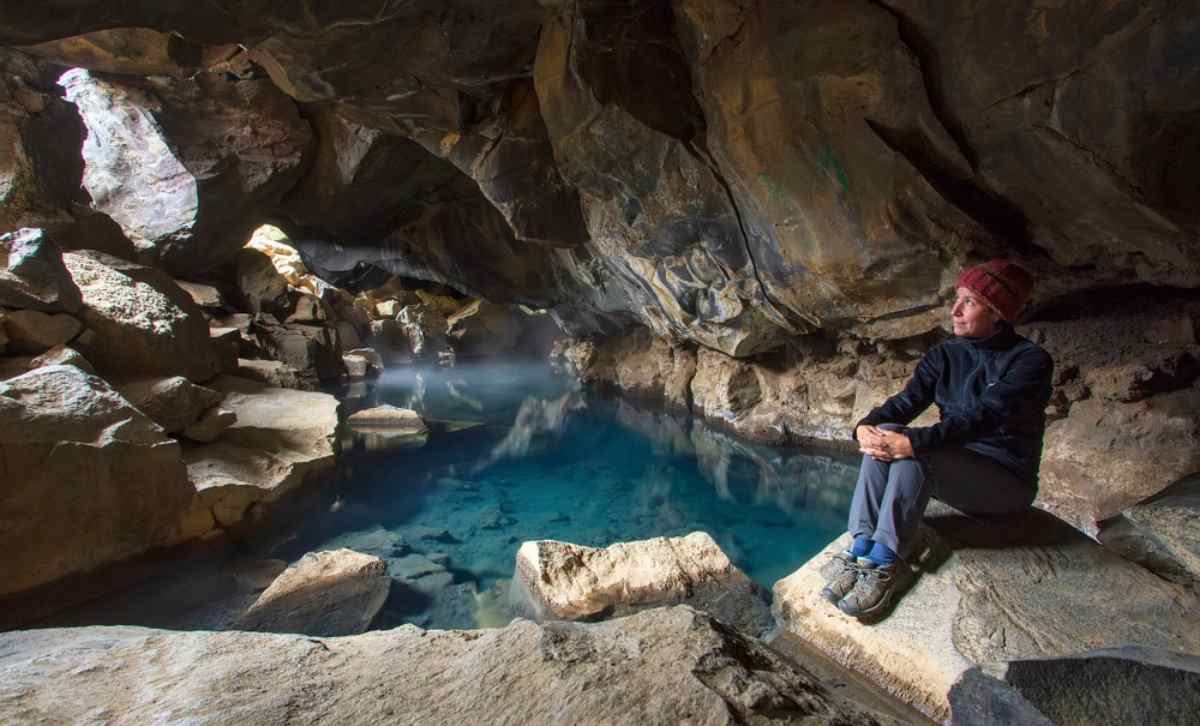
History of Grjotagja
As with most amazing places in Iceland, Grjótagjá Lava Cave was created through the violent volcanic activities on the island. As lava flows along the landscape, sometimes the top layer will get hard while the layers of lava underneath the crust stay fluid enough to flow away and create a hollow area that eventually breaks open and creates a cave. In the case of Grjotagja Cave, there was also a fissure present that allowed water to seep in and get heated up by the thermal energy in the mountain beneath.
The earliest mention of Grjótagjá cave in Iceland is from the 1800s, when a well-known outlaw lived there and enjoyed the constant warmth from the thermal spring. Back then, people in Iceland were still very superstitious and would not go close to places that were rumored to have trolls and other otherworldly creatures around them. Grjotagja was one of those places.
In the 1900s, superstition diminished, and the cave became a popular local bathing spot. In the 1970s, however, the geothermal forces underneath the cave made the cave just a little bit too steamy, and the water temperature rose to above 50°C, which is when authorities closed the cave for bathing guests. The water temperature has dropped enough for it to be safe to bathe in, but the hot spring in the cave is still off-limits due to the unpredictable geothermal activity in the area.
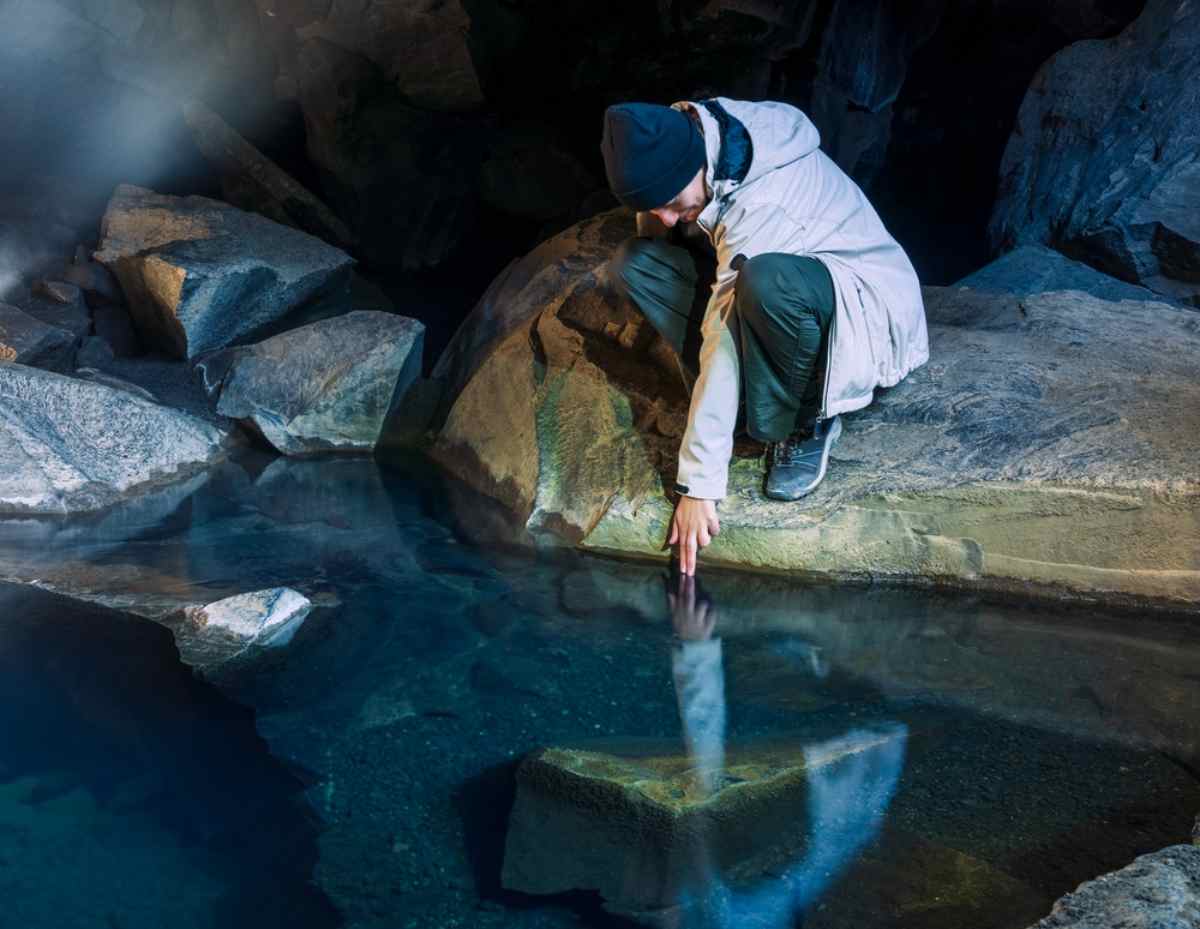
Geology of Grjótagjá
As with many interesting sites on the island, the Game of Thrones Cave is located on the Mid-Atlantic Ridge and has been subjected to massive amounts of geological activity throughout the ages. The Grjotagja Cave is made up of volcanic, somewhat porous rock that shares the same characteristics as the igneous rock all around the island.
The main feature at Grjótagjá in Iceland is the connection to the underground hot springs. This is a body of water that is constantly heated up by magma that sits around 2 kilometers underground. This makes Grjótagjá one of the geothermal caves with year-round access to hot water that continues to be pushed through the porous structure of the volcanic rock.
Activities at Grjotagja
It comes as no surprise that this Icelandic marvel has a cornucopia of activities in the surrounding area. You’ll find plenty of hiking trails close to the cave along with interesting sites like Dimmuborgir (the castle of mist), the Namafjall geothermal area, and the stunning Hverfjalli crater. Fair warning, though: the Namafjall area has a lot of sulfur in it, so the smell might be a bit much for some people, and Dimmuborgir is known for its fair amount of gnat.
Even though you won’t be able to swim in the Game of Thrones Cave in Iceland, you can always visit the Myvatn Nature Baths or go for an ice-cold swim in Lake Myvatn. One is definitely more pleasant than the other, but a cold bath is destined to wake you up in the morning if you haven’t had your coffee.
On the opposite side of Lake Myvatn, relative to Grjotagja Lava Cave, you will find the Sigurgeirs Bird Museum. This area has an incredibly high concentration of biological activity, so it is the perfect place to stay and observe for all birding enthusiasts, and won’t disappoint.
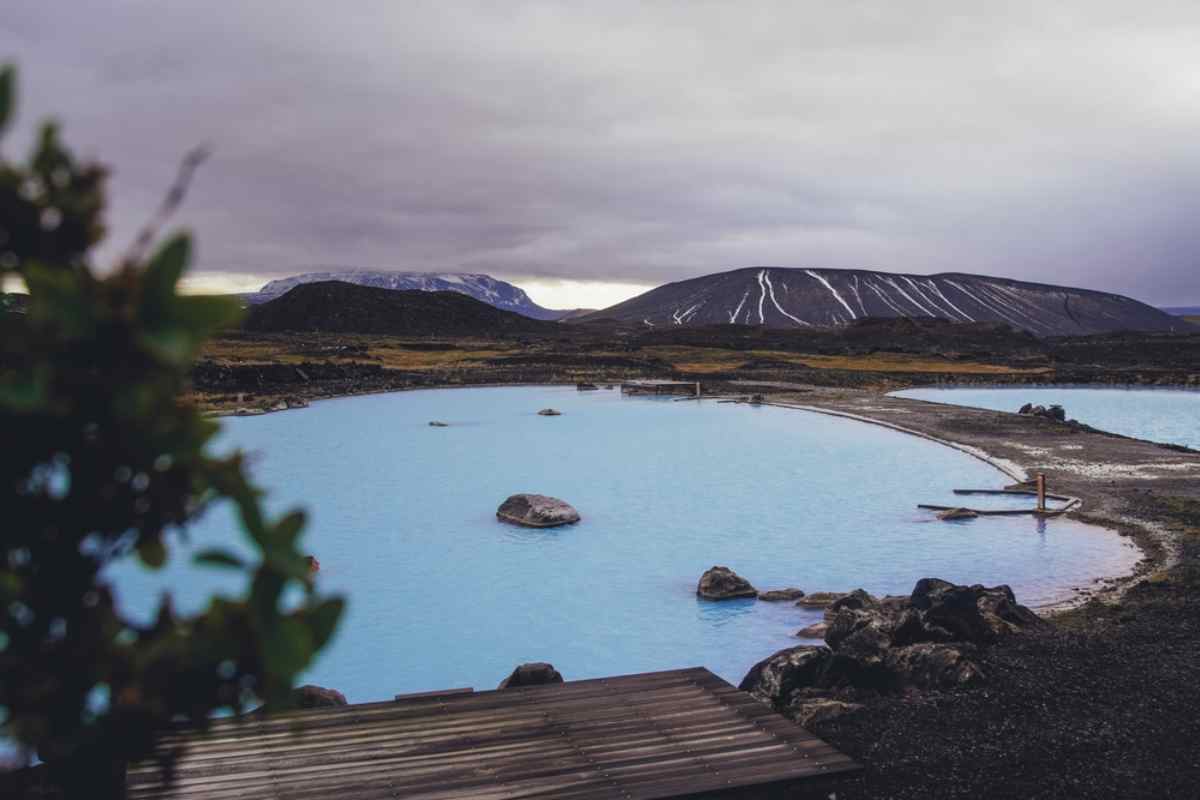
Tips for Visiting Grjótagjá
Grjótagjá, Iceland, is an outside adventure, so being on this harsh island requires the appropriate dress code. Even though the hot spring cave is right next to the parking lot, a sturdy pair of shoes will be beneficial since the small path from the car into the cave is rocky and a little unsteady. When walking in the cave, it’s important to keep an eye out for rocks that might look loose or ready to roll.
If you’re considering this as one of the many stops on a long and amazing trip around Iceland, late spring to late summer would be the ideal season in Iceland to visit. Remember, this is the northern part of Iceland, so visiting in the winter might be impossible due to snow, lack of daylight, or harsh weather.
As with any part of Iceland, it’s important to remember that you should leave the area as it was when you got there. That means not leaving trash and not taking anything but a good experience from Grjótagjá.
Remember to pack the following when visiting Grjotagja:
- A flashlight or headlamp.
- A backpack (to carry everything you need with you).
- Warm clothes. We recommend that you wear a bunch of layers, but pack a couple of extra items since the cave temperature can range between 0 and 4 degrees Celsius throughout the year and can go as low as -10!
- Warm woolen socks (with an extra pair in your backpack as backup).
- Warm hat (woolen beanies work well) and gloves.
- Some water and some snacks (this should just be a general rule of thumb for any outing).
- Waterproof outer layers and shoes (it’s a cave with a hot spring in it - trust us, things get pretty damp in there)
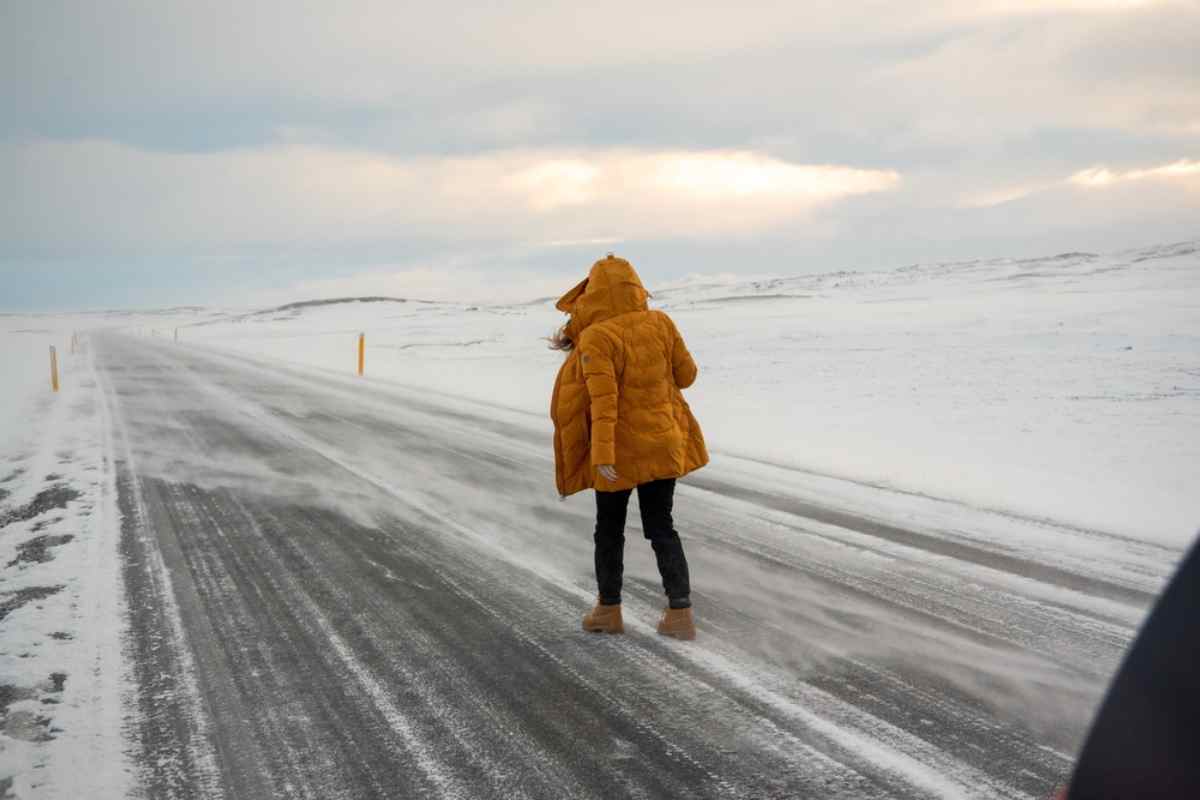
Grjotagja: The Perfect Road Trip Pit Stop
Grjotagja is right next to a parking lot and, as we already mentioned, will be an amazing addition to a trip around Ring Road 1 and/or the Diamond Circle. So, renting a car in Reykjavík upon arrival on the island is an ideal way to visit the cave and explore the rest of Iceland. By having your own transport, you’ll also have more control over your time and schedule and truly be the captain of your Iceland adventure.

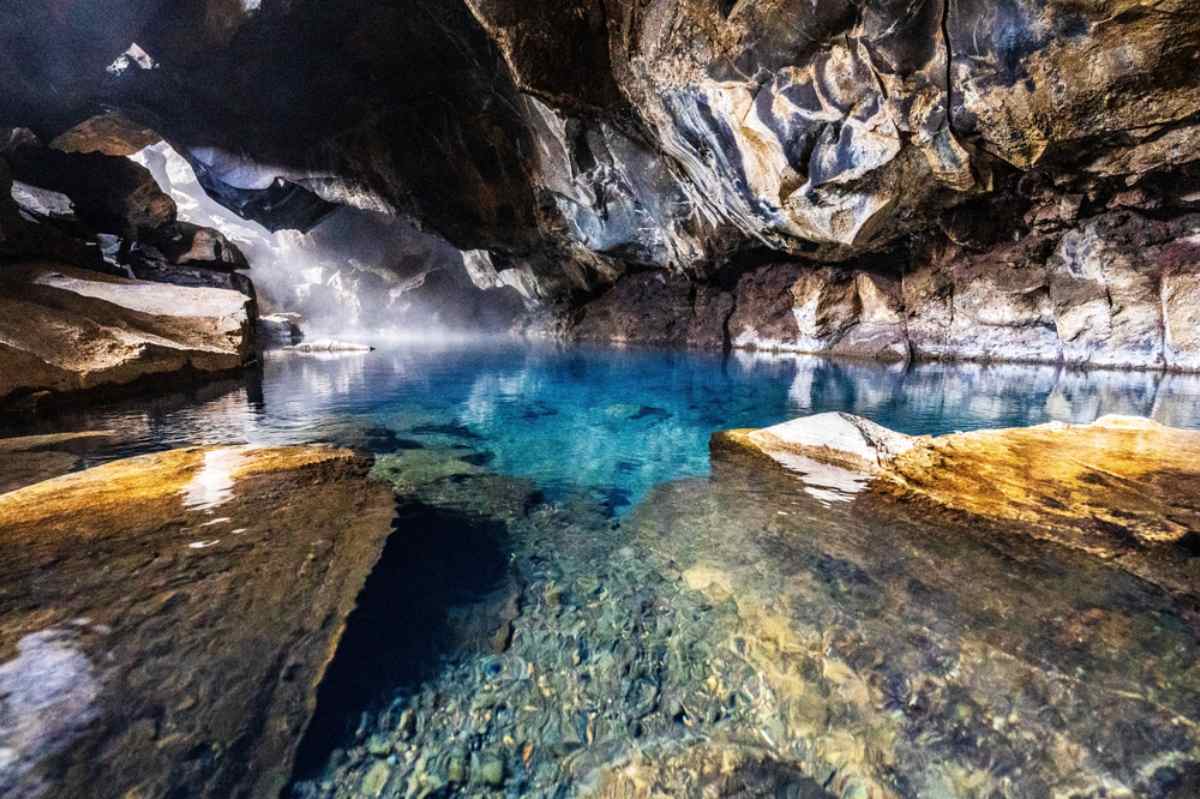
 By
By


